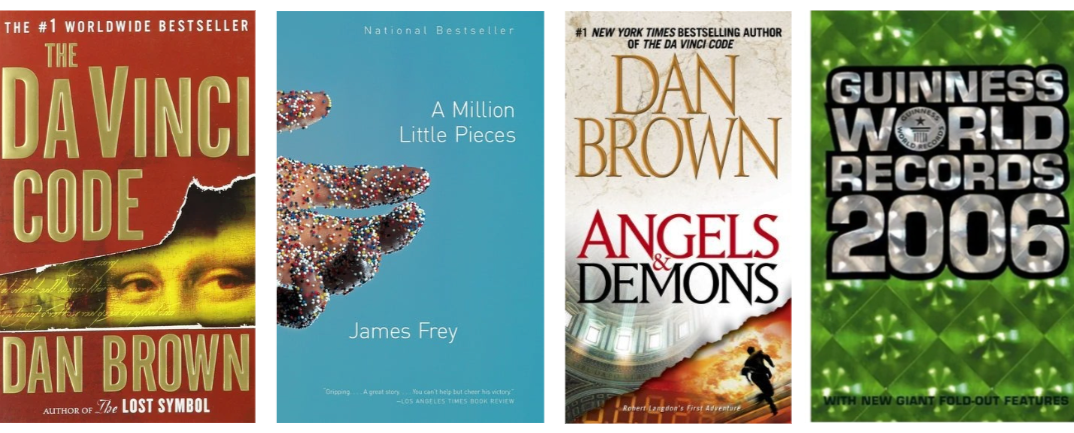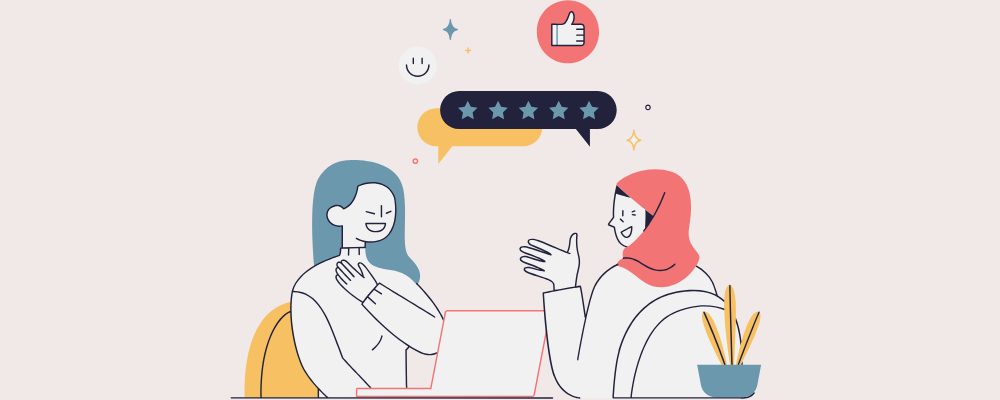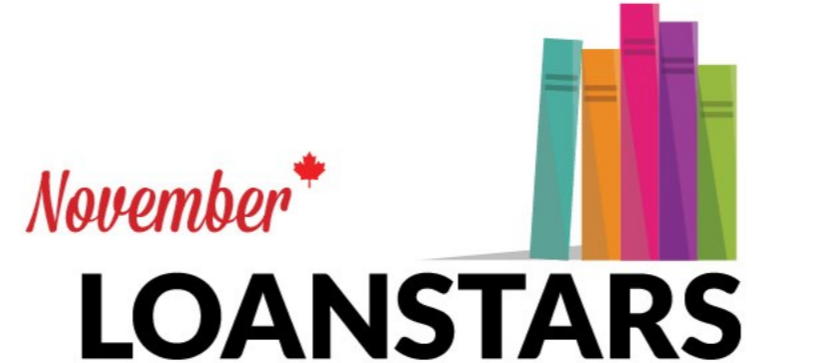Welcome to part three of the mini blog series featuring results from the Canadian Book Consumer survey. To recap, in part one, we shared data about Canadian book buyers — from most popular formats and subjects to preferred channels to complete a purchase, and more. In part two, we shared insights on why and how Canadians acquire books — from awareness and discoverability to the reasons why Canadians decide to read, buy, or borrow specific books. In this instalment, we’ll share data from the responses of buyers and borrowers. Where did they buy and borrow books? Do borrowers buy more books compared to buyers? What role does the library play in book buying? Keep reading to find the answers to these questions, and more.
But first, here are some language and context considerations that will help you better understand the information we’re about to share.
The Canadian Book Consumer survey is fielded quarterly. The results we’ll share today are from surveys fielded in April, July, and October 2020 and January 2021 among 12,022 English-speaking Canadians over the age of 18 who met our screening criteria.
Most of the answers we’re sharing in this series are from questions that asked respondents about their previous months book-related behaviour, meaning that, for instance, respondents surveyed in April were asked about their March book buying, borrowing, and/or reading behaviour. The same applies to surveys fielded in July, October, and January.
‘Buyers’ are respondents who said they had bought at least one new book in either March, June, September, or December 2020 (a total of 2,750 Canadians).
‘Non-buyers’ are respondents who didn’t buy at least one new book in the past month.
'Borrowers’ are respondents who said they visited a public library (in person or online) and checked out at least one book in either March, June, September, or December 2020 (a total of 2,980 Canadians).
Some questions asked respondents about their book-related behaviour in the last year:
‘Readers’ are respondents who said they had read at least one book in the last year, for a total of 8,528 Canadians. (Readers could be buyers or non-buyers.)
When we use the term ‘book(s)’, we’re referring to new print books, ebooks, and/or audiobooks combined, unless specified.
For this last blog post, in addition to the different types of respondents we defined above, we identified some others:
Those who only bought: 1,485 (12% of all respondents)
Those who only borrowed: 2,447 (20% of all respondents)
Those who both bought and borrowed: 1,265 (11% of all respondents)
Preferred formats
Let’s take a closer look at buyers and borrowers and see how many books, by format, each group acquired in a month.
All buyers (including buyers who also borrowed)
Bought: 2.9 total books, 1.8 print books, 0.9 ebooks, and 0.3 audiobooks
Checked out 2.6 print books, 1.1 ebooks, and 0.6 audiobooks
All borrowers (including borrowers who also bought)
Bought: 3.2 total books, 1.8 print books, 1.0 ebooks, and 0.5 audiobooks
Checked out 2.8 print books, 1.2 ebooks, and 0.5 audiobooks
Buyer only
Bought: 2.6 total books, 1.7 print books, 0.7 ebooks, and 0.2 audiobooks
Borrower only
Checked out 3.0 print books, 1.2 ebooks, and 0.4 audiobooks
Those who both bought and borrowed books purchased about 0.6 more books per month on average than those who only bought. They also borrowed slightly fewer books than those who only borrowed.
Places to buy or borrow books
We found that about four in 10 Canadians visited a bookstore, retailer, or public library at least once in the previous month. And almost half of the respondents said it’s easy to find what they’re looking for in each one of these places.
Places visited in the last month to buy or borrow books, 2020
Discoverability and awareness
Building on information shared in our previous post, and focusing on the 38% of readers who said they discovered the book(s) they read or listened to at a bookstore or retailer, and the 25% who said the same of public libraries. We wanted to look into how visits to these two venues impacted the number of books purchased or checked out by buyers and borrowers.
Did people who visited the public library buy more books than those who didn’t? How are digital format purchases and borrows impacted by online or in-person visiting?
To find out, we mixed and matched buying and borrowing on average in the prior month (in March, June, September, and December 2020) with whether a buyer or borrower, had visited a library or retailer, and whether that visit was online or in-person. Not surprisingly, all of our buyers visited a bookstore or retailer that sells books, either at a physical store or online in 2020 to purchase books. What might be of more interest is the breakdown between physical visits and online visits.
Buyers
Visited a bookstore, or retailer that sells books, at least once (99% of buyers):
Bought: 3.0 total books — 1.8 print books, 0.9 ebooks, and 0.3 audiobooks
In-person visitors (71% of buyers):
Bought: 3.1 total books — 2 print books, 0.9 ebooks, and 0.3 audiobooks
Online visitors (86% of buyers):
Bought: 3.0 total books — 1.8 print books, 0.9 ebooks, and 0.3 audiobooks
Visited a public library online, or in-person, at least once (52% of buyers):
Bought: 3.2 total books — 1.8 print books, 1.0 ebooks, and 0.4 audiobooks
Borrowed: 3.8 total books — 2.3 print books, 1.0 ebooks, and 0.5 audiobooks.
In-person visitors:
Borrowed: 4.4 total books — 3.1 print books, 0.8 ebooks, and 0.5 audiobooks
Online visitors:
Borrowed: 4.0 total books — 2.3 print books, 1.1 ebooks, and 0.6 audiobooks
Borrowers
Visited public library online or at a physical location at least once (35% of respondents):
Borrowed: 4.0 books in total — 2.5 print books, 1.1 ebook, and 0.4 audiobooks
In-person visitors (67% of library visitors):
Borrowed: 4.7 total books — 3.4 print books, 0.9 ebook, and 0.4 audiobooks
Online visitors (77% of library visitors):
Borrowed: 4.4 total books — 2.6 print books, 1.3 ebook, and 0.5 audiobooks
When comparing buyers who visited a public library at least once in the prior month with buyers who hadn’t, we found that library visitors bought slightly more print books on average in 2020. Looking at formats it appears that online retail visits resulted in slightly more digital format purchases, and online library visits had a bigger impact on digital format borrowing.
This isn't to say that buyers were solely discovering books to buy through library browsing. About 5% of book purchases had library browsing selected as a factor in creating awareness in both 2020 and 2019. In comparison with other browsing places like the bookseller’s website (43% in 2020 vs. 38% in 2019) or in a physical bookstore (25% in 2020 vs. 42% in 2019).
Since both bookstores and libraries were closed at different times throughout 2020, it seems that awareness through browsing by library is primarily based on in-person browsing for print books (as digital checkouts were less hindered by the lockdowns).
According to borrowers responses, most visits to the library were to find a specific book or author (24%), pick up holds (23%), and browse displays and shelves for books to borrow (17%).
To read, borrow, or buy
So, as we saw above, visits to the library increase book awareness. Familiarity leads to purchases and checkouts. But how did buyers and borrowers decide whether to read, borrow, or buy the book they got in June, September, and December 2020? In-store or online, what influences people’s decisions?
Borrowers
Borrowers’ actions were more evenly distributed among the many options we provided, with six main decision-influencing actions:
Seeing the subject/genre of the book (83%)
Reading the blurbs by other authors (65%)
Comparing the price in multiple places (60%)
Reading or listening to a sample or excerpt (54%)
Reading reviews about the book (50%)
Reading the book description (48%)
Other actions taken by borrowers were seeing if the book was on a bestseller list (36%), checking to see if the library has it (28%), seeing if the book won or was nominated for a book prize (23%), asking what a friend thinks (21%), and reading about the author (20%).
Buyers
Buyers’ decision-influencing actions when deciding whether to read, borrow, or buy a particular book:
Reading the book description (63%)
Seeing who the author is (42%)
Seeing the subject/genre of the book (42%)
Looking at the cover (41%)
Reading the book’s reviews (39%)
Other actions taken by buyers were reading about the author (27%), comparing the price in multiple places (23%), reading/listening to a sample or excerpt (22%), and checking to see if the library has it (21%).
When we compare percentage points between key buying or borrowing factors, we found that borrowers seem to be influenced by a greater variety of factors than buyers:
37% more borrowers compare the book’s price;
32% more borrowers read or listen to a sample or excerpt;
22% more borrowers are influenced by the bestseller list than buyers;
14% more borrowers are influenced by book prize nominations/winners; and
surprisingly, only 7% more borrowers checked to see whether the library has the book.
So books are being bought and borrowed, but are they being read? It depends on the format.
Fewer buyers read a print book than borrowers — 77% of buyers said they read a print book, compared with 81% of borrowers.
For digital books, there were fewer differences: 40% of buyers read an ebook compared to 41% of borrowers, and 27% of buyers listened to an audiobook, compared to 25% of borrowers.
Did you find this data fascinating? Well, there’s more coming your way! And you can help us decide on which aspects we should shine the spotlight on. In this post, we’ve shared a sneak peek at the data collected as part of our Canadian Leisure & Reading study which explores where reading fits in for Canadians amongst other entertainment options. Go on take an early look at what’s coming next and let us know what information you’re most interested in learning.
Note: Some of the data in the previous version of this post were inaccurate and have been corrected.















Mid-year market data from the Tech Forum presentation, Ready, set, go: Pre-fall sales trends and data-driven insights.